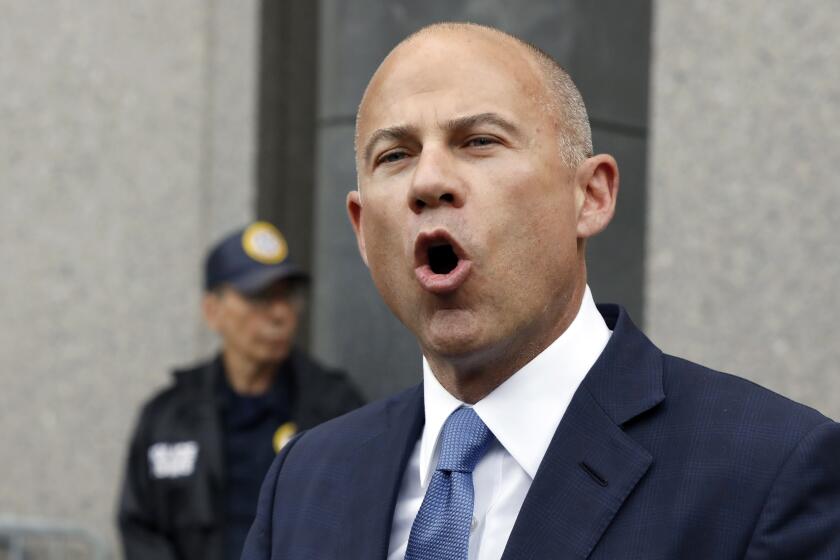Remembering the day of infamy
- Share via
EDITOR’S NOTEBOOK
Saturday is the 61st anniversary of the Japanese attack on Pearl
Harbor.
That infamous day is one that you either remember, or were taught
about in school. I fall in the latter category, although I don’t
remember the lesson at all. Yet now, it is a date I endeavor to
remember -- one I feel should not be forgotten.
Pearl Harbor, on the Island of Oahu, Hawaii, was attacked by the
Japanese Imperial Navy at 7:55 a.m., Sun. Dec. 7, 1941. The surprise
attack, which consisted of a force of 353 Japanese aircraft, was
conceived by Admiral Isoroku Yamamoto. There had been no formal
declaration of war.
There were about 100 U.S. Navy ships present that morning,
including battleships, destroyers, cruisers and various support
ships.
While my interest in history has grown steadily in my adult years,
my real awareness of the significance of that day, and my respect for
the men and women who were there, began about three years ago.
I was covering education for the Daily Pilot, the Independent’s
sister paper, and was preparing to cover an event at Corona del Mar
High School. Several veterans were going to speak to students. So I
called World War II veteran and Pearl Harbor survivor Jack Hammett
and asked him to tell me his story.
I pictured his account in my mind’s eye and fought to come to
grips with the fact that this was not just a story, like the violent
movies that have become entertainment. He lived this reality.
“I think triage is the worst, because we had to make decisions
about who was going to live or die,” he said. “You’d decide this guy
should make it, give him first aid and send him in to surgery.
Another guy that probably wasn’t going to make it, you gave a shot of
morphine to make him as comfortable as possible.”
I listened with a new respect and interest the next day during the
high school assembly.
“It was the salvation of the free world we were fighting for,”
Gene Robens, a colonel in the U.S. Army who served on Gen. Dwight D.
Eisenhower’s staff in England, told students. He carried top-secret
clearance and was involved in planning the D-Day invasion of
Normandy.
The next year, I visited the Long Beach Veterans Hospital. There I
spoke with Aaron Bates, a pilot in World War II, who had lost both
feet and his left eye.
As he sat confined to a wheelchair, Bates held no grudges and was
proud to have fought for freedom.
His bravery has been reflected by every survivor I have met.
Last year, I spoke to two veterans from Huntington Beach. Donald
Weir, 84, who served in the California National Guard, mobilized in
1940, and Frank Weitzel, who was 19 years old and fresh out of high
school when he enlisted in the Navy. His first assignment on Oct. 19,
1940, was aboard the USS San Francisco headed to Pearl Harbor.
“I had just come out from eating breakfast,” Weitzel, 80,
recalled. “I don’t remember who I was with, but I said, ‘Let’s go up
and watch planes dive on Ford Island’ -- that’s where our planes
practiced.
“At about the second one, I seen two bombs drop out and I saw the
insignia and I said, ‘I don’t think they were ours,’ and they
weren’t. Then all hell broke loose. The Oklahoma was first to go
over. There were men trapped underneath. They worked all day and
night trying to get ‘em out.”
The 61 years have not dulled the memory of that day for any of
these men.
But for me, Bates and his attitude sum up the importance of this
anniversary.
“You only got one life,” he said. “And if we can, we got to make
it the best. We can make it better for younger people. We got
crippled up, but we got freedom.”
* DANETTE GOULET is the city editor. She can be reached at (714)
965-7170 or by e-mail at danette.goulet@latimes.com.
All the latest on Orange County from Orange County.
Get our free TimesOC newsletter.
You may occasionally receive promotional content from the Daily Pilot.








